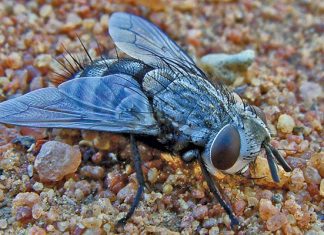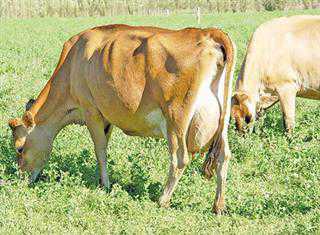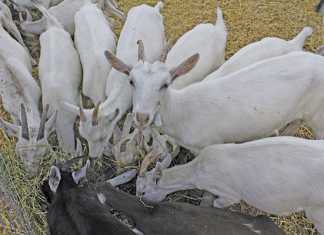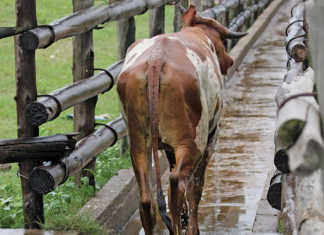How to manage flies to avoid diseases
Flies on your farm are more than a nuisance. A severe fly infestation can affect your cattle’s productivity, hitting profits hard.
Dry beans: learn how to get into the business
Dry beans are legumes that come from seed pods that tend to split when mature. It is cheaper and has more protein than an equal amount of red meat.
Know your crop pests: Cutworm
As moths, both sexes of the cutworm have pale brown to greyish forewings with black lines and irregular markings.
Canine skin diseases
Understanding the causes and prevention can help to prevent many dogs from suffering needlessly.
Keeping goats for milk: a beginners guide
People have been keeping goats for milk for centuries. Goat milk is superior to cow’s milk in certain respects, one of which is that it is easier to digest.
Animal health: Acaricide resistance
The chemicals used to treat cattle against ticks are called acaricides. When cattle are dipped, the ticks fall off or die.
Growing proteas: step-by-step guide
Also known as the sugarbush, this fynbos species is cultivated for the cut-flower market.
Farm mapping 2 – How a mapping can benefit your farm
Ecologist and farm planner Ben Breedlove takes Roelof Bezuidenhout through the final steps in this process, which can boost your profits.














